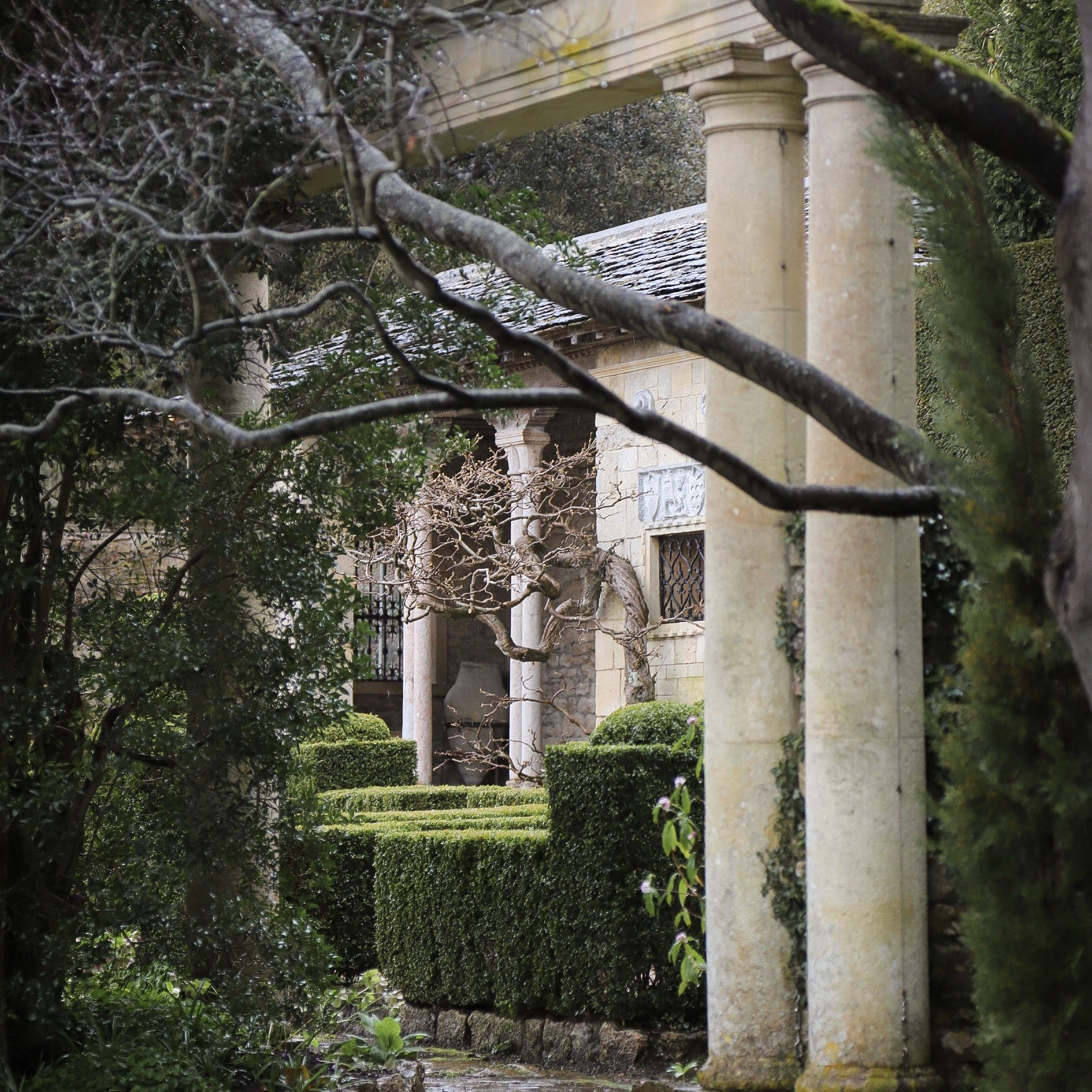Negotiating Authenticity and Climate Change in Heritage Gardens
DOI:
https://doi.org/10.7577/formakademisk.5432Emneord (Nøkkelord):
biodiversity, authenticity, climate change, craft, Heritage gardensSammendrag
With this paper we explore and discuss the priorities of and possible goal conflicts between authenticity and climate change in heritage gardens. How can climate change mitigation, adaptation, resilience, and cultural heritage conservation be combined in heritage gardens? Our study was guided by the following research question: How do gardeners negotiate climate change and authenticity in heritage gardens? From Rachel Carson's Silent Spring in the 1960s through to the 2002 report Gardening in the Global Greenhouse and the recent Gardening in a Changing World in 2022 mankind's impact on the environment and the emerging climate change has been the focus of increasing attention. By investigating and interviewing multiple gardeners our objective was to pinpoint common challenges, as well as what can be learned from one another within the field of gardening and heritage conservation. The case study method was adopted for this study, involving three head gardeners in the United Kingdom. Interviews were conducted with Joseph Atkin at Aberglasney Gardens, Claire Greenslade at Hestercombe Gardens, and Steve Lannin at Iford Manor about their expertise and knowledge. The gardeners expressed concern regarding climate change and the challenges it poses. The interviewees shared their experience with drought, reduced use of pesticides and herbicides, and the peat legislation in relation to their role as head gardeners. We argue that authenticity and the traditional gardening practised before the advent of power tools, plastic, peat issues, and uninformed transportation can be part of the solution to loss of biodiversity and climate change. This paper identifies some of the obstacles encountered in relation to negotiating questions of authenticity and climate change in heritage gardens.
Referanser
Carson, R. (1962). Silent spring. (10. pr.) Boston: Howton Mifflin Harcourt.
Bisgrove, R., & Hadley, P. (2002). Gardening in the global greenhouse: The impacts of climate change on gardens in the UK. Oxford: UKCIP.
Kron, W., Löw, P., & Kundzewicz, Z. W. (2019). Changes in risk of extreme weather events in Europe. Environmental Science & Policy, 100, 74-83. https://doi.org/10.1016/j.envsci.2019.06.007
Moore, D. (2022). Gardening in a changing world: how we can adopt a more holistic ecological approach to gardens and gardening. London: The Pimpernel Press.
Riksdagen (1988). Kulturmiljölagen [The Cultural Environment Act]. https://www.riksdagen.se/sv/dokument-lagar/dokument/svensk-forfattningssamling/kulturmiljolag-1988950_sfs-1988-950
Seiler, J. (2020). Management regimes for lawns and hedges in historic gardens (Gothenburg Studies in Conservation 46)[ Doctoral thesis, University of Gothenburg]. https://gupea.ub.gu.se/handle/2077/62813
Smith, L. (2006). Uses of heritage. Routledge. https://doi.org/10.4324/9780203602263
Smith, L. (2009, March). Class, heritage and the negotiation of place (Paper presentation). Missing Out on Heritage: Socio-Economic Status and Heritage Participation. English Heritage.
Steffen, W., Dean, A., & Rice, M. (2019). Weather gone wild: Climate change-fuelled extreme weather in 2018. Climate Council of Australia.

Nedlastinger
Publisert
Hvordan referere
Utgave
Seksjon
Lisens
Opphavsrett 2023 Emma Grönlund, Joakim Seiler

Dette verket er lisensiert under Creative Commons Attribution-NoDerivatives 4.0 International License.
- Forfatteren(e) beholder sin opphavs- og kopieringsrett til eget manuskript, men gir tidsskriftet varig rett til 1) å fremføre manuskriptet for offentligheten i den opprinnelig publiserte digitale form, og 2) å registreres og siteres som første publisering av manuskriptet.
- Forfatteren må selv forvalte sine økonomiske kopieringsrettigheter overfor eventuell tredjepart.
- Tidsskriftet gir ingen økonomisk eller annen kompensasjon for innsendte bidrag, medmindre det er gjort særskilt avtale om dette med forfatteren(e).
- Tidsskriftet plikter å arkivere manuskriptet (inklusive metadata) i den opprinnelig publiserte digitale form, i minst ett dertil egnet åpent tilgjengelig langtidsarkiv for digitalt materiell, som for eksempel i de norske universitetenes institusjonsarkiv innen rammen av NORA-samarbeidet.
Verket vil bli publisert OpenAccess med en Creative Commons 4.0-lisens som tillater alle å lese, dele og tilpasse innholdet, også kommersielt, under lisensvilkårene:
Dette verket må tilskrives/ krediteres på riktig måte, en lenke må gis til CC-BY 4.0-lisensen, og endringer som er gjort må angis på en rimelig måte, men ikke på noen måte som antyder at lisensgiveren støtter deg eller din bruk.



